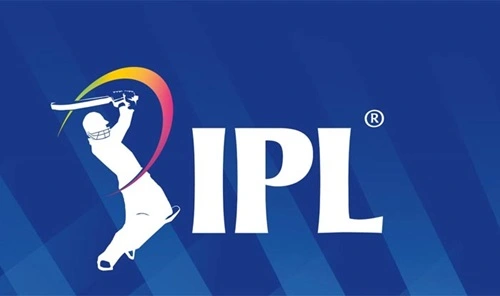The Indian Premier League (IPL) is a globally renowned professional Twenty20 cricket league in India, established in 2008 by the Board of Control for Cricket in India (BCCI). IPL has revolutionized cricket with its franchise-based model, attracting massive viewership, high sponsorship revenues, and significant fan engagement. As of 2024, IPL continues to dominate the cricketing landscape with its blend of international and domestic talent, star-studded franchises, and entertainment-centric events.

Current Overview of IPL
In 2024, IPL remains a leader in the world of sports, generating billions in revenue through media rights, sponsorships, and global broadcasting. The league now consists of ten teams, with franchise owners investing heavily in both players and infrastructure. The success of IPL is rooted in its ability to bring together the world’s top cricket talent, offering high-octane competition spread over 74 matches.
The auction system remains a crucial component of the IPL’s financial model, with franchises competing for the best players, sometimes leading to inflated player salaries. Despite challenges such as match-fixing controversies and player injuries, IPL remains the premier cricket league globally.
IPL Future Plans
Looking ahead, IPL plans to continue expanding its global footprint, with considerations for new teams and increased international marketing efforts. The league also plans to develop women’s IPL to cater to a growing audience for women’s sports. Additionally, technological enhancements such as advanced digital streaming and fan engagement tools are part of IPL’s strategy to solidify its leadership in global sports entertainment.
IPL SWOT Analysis
Strengths
1. Strong Brand and Global Reach: IPL is one of the most-watched cricket leagues in the world, with a significant fanbase not just in India but across cricket-loving nations. The association with cricket legends and international stars enhances its global appeal.
2. Financial Success: IPL generates vast revenues through media rights, sponsorships, ticket sales, and merchandise. The league has secured multi-billion dollar broadcasting deals, which contribute to its financial stability.
3. Star Power and Talent Pool: The IPL attracts top international cricketers and domestic stars, creating a competitive and high-quality tournament that keeps fans engaged.
4. Innovative Auction Model: The player auction system keeps the tournament fresh every season, allowing teams to rebuild and improve by bidding for new talent.
Weaknesses
1. Rising Costs: The increasing auction prices for players have led to financial strains on some franchises, causing disparities in team budgets and impacting competitiveness.
2. Controversies and Scandals: The IPL has faced issues such as match-fixing, illegal betting, and conflicts of interest, which have hurt its credibility in the past.
3. Player Injuries and Scheduling Conflicts: The intense schedule, combined with overlapping international tours, often leads to player injuries and fatigue, affecting the quality of the tournament.
4. Limited Global Player Participation: IPL restricts the number of international players in each team, which limits the diversity of the league and its appeal to a broader global audience.
Opportunities
1. Global Expansion: IPL can further globalize its brand by introducing international franchises and exploring global broadcasting opportunities.
2. Women’s IPL: The growing popularity of women’s cricket presents an opportunity to create a successful women’s IPL, following the successful model of the men’s league.
3. Digital Streaming and E-commerce: With digital transformation, IPL can boost viewership through online streaming platforms and increase revenue through merchandise sales on e-commerce platforms.
4. Franchise Expansion: Adding more franchises, particularly in untapped regions of India or even internationally, could increase the competitiveness of the league and expand its market.
Threats
1. Rising Competition from Other Leagues: New cricket leagues, especially in countries like Australia, Pakistan, and the UAE, are rising as competitors to the IPL and could dilute the talent pool.
2. Economic Downturns: Economic slowdowns and inflation could reduce disposable income, affecting ticket sales, sponsorships, and broadcasting revenues.
3. Environmental and Regulatory Concerns: The IPL faces challenges with regard to environmental sustainability, particularly water usage for pitch maintenance in drought-prone regions. Additionally, regulatory hurdles and political factors could impact its smooth functioning.
4. Fan Loyalty and Market Saturation: The frequent reshuffling of players during auctions can disrupt fan loyalty towards franchises. Additionally, the growing number of T20 tournaments worldwide may lead to market saturation and viewership decline.
Conclusion
The IPL remains the most influential and lucrative cricket league in the world, known for its ability to blend sports and entertainment. Its strengths in brand recognition, global appeal, and financial success solidify its position. However, challenges such as rising competition, high player costs, and regulatory issues must be addressed to sustain growth. By exploring global expansion, enhancing digital engagement, and diversifying into women’s cricket, IPL can continue to evolve and maintain its dominance in the world of sports.